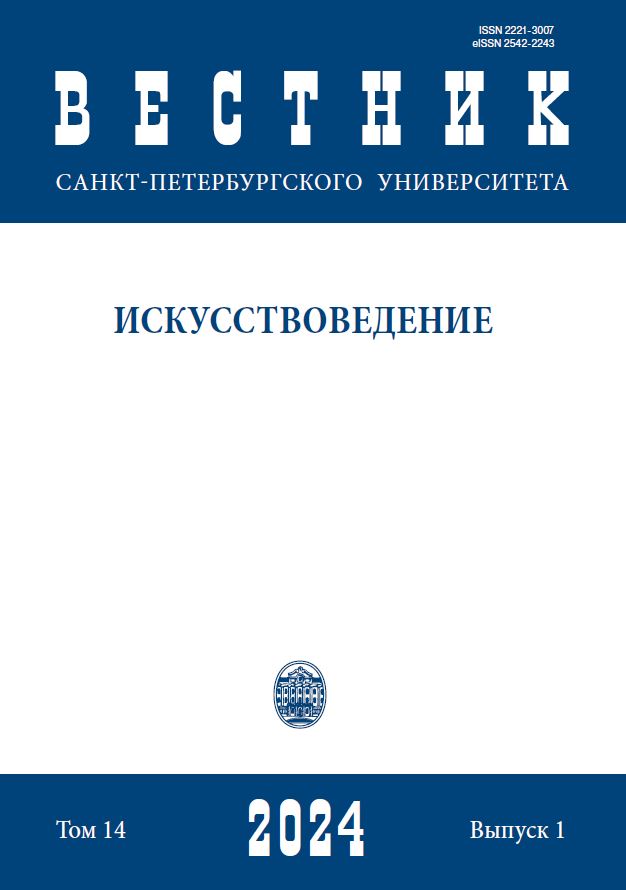Technological Features of the Group of Nev’yansk Icons from Nev’yansk Icon Museum
DOI:
https://doi.org/10.21638/spbu15.2024.107Abstract
The article is devoted to the technological examination of eight icons from the largest collection of Ural icon painting in Russia. For the first time the subject of study is the material component of Nev’yansk icons of the first half of the 18th century. The authors determined the painting techniques and artistic materials used by the first icon painters of the mining and metallurgical Ural. The phenomenon of the Old Believers’ Ural Region icon school of this period is doubted and questioned by some modern experts, but in fact this phenomenon is confirmed by the coincidence of technological features of the Nev’yansk icon “Our Lady of Egypt” (1734) and other icons of that period (identical processing of wooden panels, composition of prime and paints, style of so-called lichnόe (painting of exposed body parts) and dolíchnoe (painting of clothing), as well as the painting stratigraphy). The icons were obviously painted in a very small workshop. One technological factor speaks in favor of their Ural Region origin: the use of anhydrite as a filler for the prime. The technique of lichnόe is also very special — alternating layers of white paint and ocher when painting a carnation; in some cases applying the first modeling layer (white) directly over the sankir (proplasmos). The second point indicates the early Nev’yansk icon painters’ familiarity with the techniques of the court icon painters in the Armory in Moscow. The latter in turn agrees with the historical facts that from the 20–30s of the 18th century masters from the Volga Region who had previously been employed by the Armoury then moved to the Ural Region. In addition, the blue pigments are the most important chronological indicator for the icons of this period. The synthetic azurite predominates among the author’s paints; also, indigo and smalt are found, while Prussian blue is completely absent.
Keywords:
Nev’yansk icon, Ural icon, Old Believer icon painting, pigments of icon painting, chemical analysis of paints, microscopic examination of painting, Russian icon painting technique, Russian icon painting materials, painting attribution
Downloads
References
Downloads
Published
How to Cite
Issue
Section
License
Articles of "Vestnik of Saint Petersburg University. Arts" are open access distributed under the terms of the License Agreement with Saint Petersburg State University, which permits to the authors unrestricted distribution and self-archiving free of charge.






